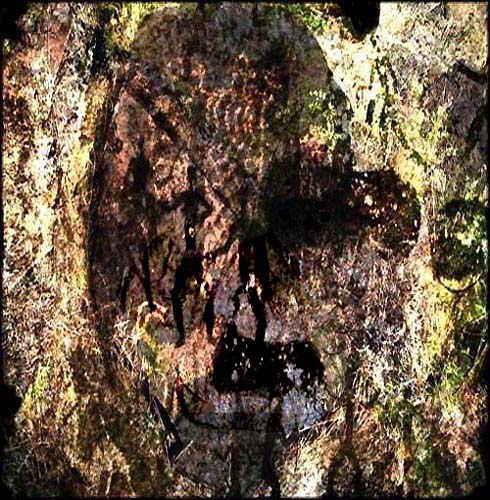If there's anything left to know about the Gods, including the Abrahamic One, it is that they don't exist within the boundaries of what ordinary minds register as real, but appear as revenants, haunting dreams, reveries, steep flights of imagination.
For at least forty thousand years images we've received as 'numinous' were the work of artists. As covenants between secular and sacred trees, animals, mountains are in some sense individualized turbulence patterns, specific turbulence patterns of energy flows that manifest themselves temporarily as discrete items, playing specific roles and occur in midst of schisms, Mark Rothko addressed his qualms with Surrealism by saying he "love(s) both the object and the dream far too much to have them effervesced into the insubstantiality of memory and hallucination." He continued:
"If I have abandoned the use of familiar objects it is because I refuse to mutilate their appearance for the rigors of a grace and life which they are too old to serve and for which perhaps they were never intended."
No longer believing
that art can serve what does not appear, Rothko fled into
fields
of color and shades of darkness. Because in his journey to
find his
own vision
he turned a blind eye to the psyche's infinite aspects, he
didn't see it is not the objects
but their images that were in all ways intended.
"At arm’s length the image, my focus the extent of my reach.
Where I end the other begins. And is not all art that genuinely
moves us done in the 'dark' against a 'wall'? Olson’s whisper (a
prayer), 'boundary, disappear.'"
